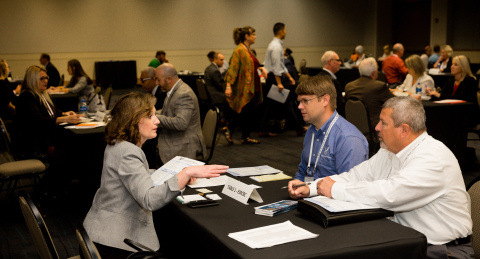
EM hosted a first-ever event for small businesses at the recent Energy, Technology and Environmental Business Association (ETEBA) 2022 Business Opportunities & Technical Conference.
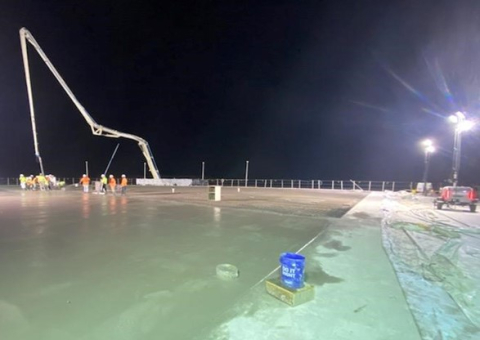
The liquid waste contractor at Savannah River Site (SRS) met an EM 2022 priority with the recent completion of concrete placements on Saltstone Disposal Unit (SDU) 9.
Relive or catch up on the most recent National Cleanup Workshop by visiting a new EM webpage, where you’ll find a video of EM Senior Advisor William “Ike” White’s keynote address.
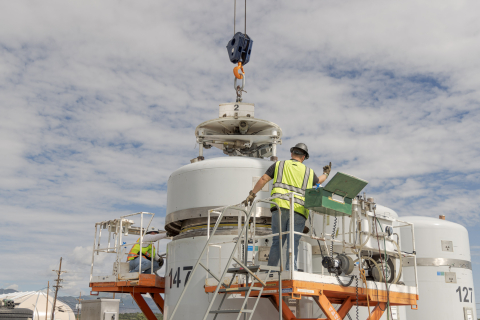
The EM Los Alamos Field Office (EM-LA) and cleanup contractor Newport News Nuclear BWXT-Los Alamos (N3B) finished fiscal year 2022 (FY22) by exceeding EM’s goals for shipping radioactive waste offsite to permanent disposal facilities.
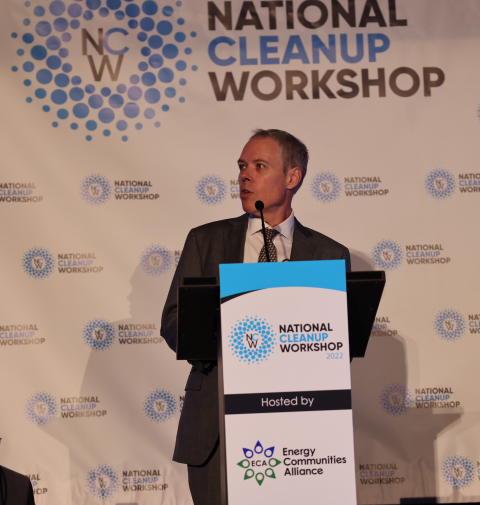
EM Senior Advisor William “Ike” White praised recent progress in EM’s cleanup work and laid out a roadmap of future success as he kicked off the first full day of the annual National Cleanup Workshop in Arlington, Virginia on Sept. 22.
A panel of leaders from EM and several of its contractors provided updates at the National Cleanup Workshop on key progress and discussed the next phase of the cleanup mission.
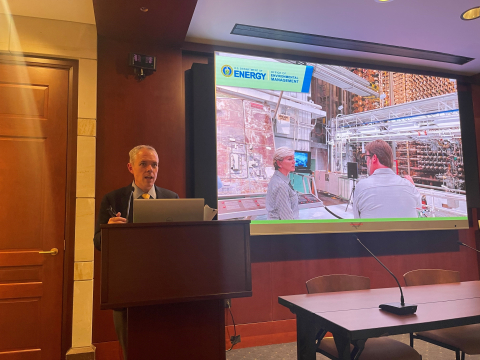
Historic accomplishments, innovative technologies and additional treatment capabilities have ushered in a new era of cleanup progress that wouldn’t have happened without EM’s champions in Congress, EM Senior Advisor William “Ike” White said last week.
Eight managers leading cleanup at EM sites across the DOE complex highlighted successes and shared challenges over the past year during a roundtable discussion at the National Cleanup Workshop.
As EM looks ahead to advance its cleanup mission, leaders from various program offices shared their perspectives on past achievements, current progress and future challenges during a panel session at the National Cleanup Workshop.
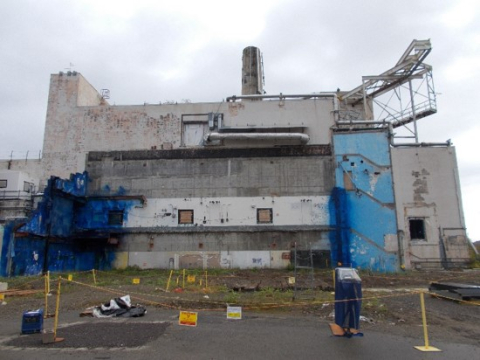
U.S. Department of Energy Office of Environmental Management (EM) crews at the West Valley Demonstration Project (WVDP) met an EM 2022 priority by launching demolition of the Main Plant Process Building (MPPB) last week.

